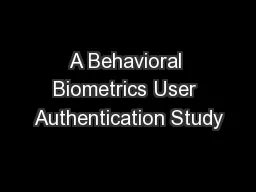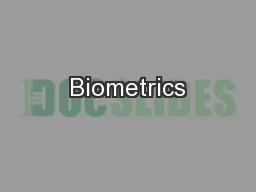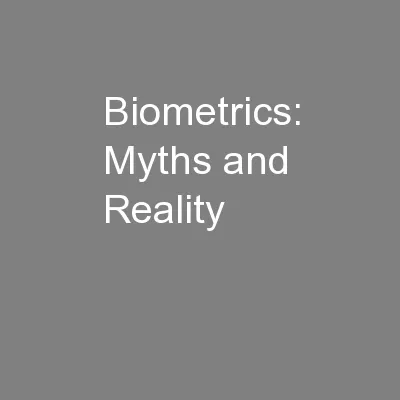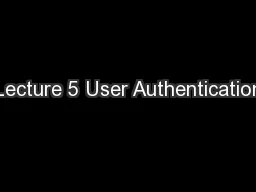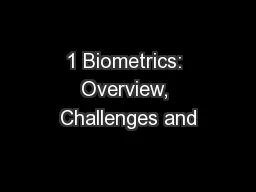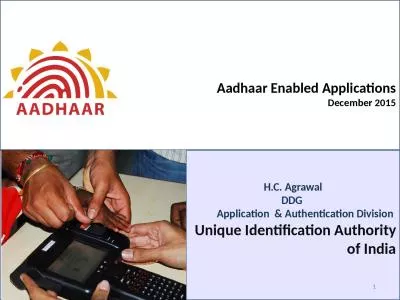PPT-A Behavioral Biometrics User Authentication Study
Author : briana-ranney | Published Date : 2017-04-30
Using Android Device Accelerometer and Gyroscope Data Jonathan Lee Aliza Levinger Beqir Simnica Khushbu Kanani Adam Pacholarz Javid Maghsoudi Charles Tappert Hui
Presentation Embed Code
Download Presentation
Download Presentation The PPT/PDF document "A Behavioral Biometrics User Authenticat..." is the property of its rightful owner. Permission is granted to download and print the materials on this website for personal, non-commercial use only, and to display it on your personal computer provided you do not modify the materials and that you retain all copyright notices contained in the materials. By downloading content from our website, you accept the terms of this agreement.
A Behavioral Biometrics User Authentication Study: Transcript
Download Rules Of Document
"A Behavioral Biometrics User Authentication Study"The content belongs to its owner. You may download and print it for personal use, without modification, and keep all copyright notices. By downloading, you agree to these terms.
Related Documents

